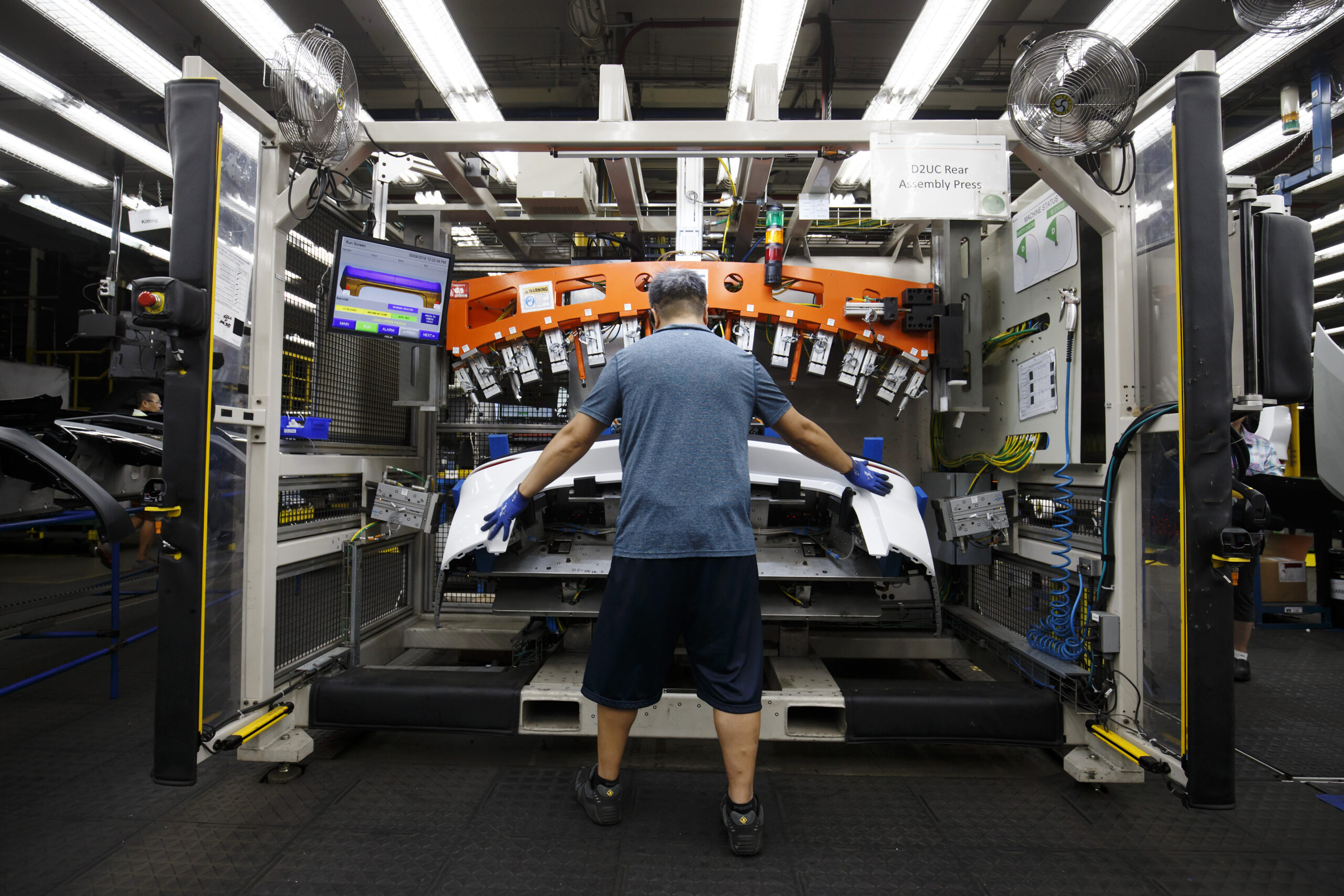Expanding their efforts to keep citizens safe on San Diego roadways, UC San Diego’s Training, Research and Education for Driving Safety (TREDS) program announced today that they are launching a new distracted driving education project called Just Drive – Take Action Against Distraction, a one hour class free of charge offered to businesses in San Diego. The decision followed a recent survey by the research team, which found that 83 percent of adults who participated reported texting, talking or using a smartphone application while driving.
“Research has shown that talking on the phone while driving increases the risk of collision four-fold, with equal risk attached to hands free and hand held devices. This is the same as driving with a blood alcohol content (BAC) of .08. Texting increases this risk eight to 16 times,” said Linda Hill, MD, MPH, professor in the Department of Family and Preventive Medicine at UC San Diego School of Medicine and TREDS program director.
TREDS, with funding provided by a grant from the California Office of Traffic Safety (OTS), through the National Highway Traffic Safety Administration (NHTSA), will partner with the California Highway Patrol (CHP) to offer San Diego businesses and organizations distracted driving education for their employees as part of safety and wellness programs. Classes include the latest research from national safety experts, information on cell phone laws, real-life examples of individuals affected by cell phone use while driving and resources to help drivers change distracted driving behaviors.
“The flawed expectation today is that we need to be instantly responsive at all times. We need to change that expectation, especially when we are driving,” said Hill. “We need strategies to fend off the temptation to answer every call and text immediately, especially when engaged in activities where multitasking is unsafe. Both employers and employees benefit from a safer workforce.”
In 2011, 3,331 people in the United States were killed in crashes involving a distracted driver and an additional 387,000 people were injured in motor vehicle crashes involving a distracted driver.
During this year’s Distracted Driving Awareness Month, more than 57,000 drivers were ticketed for handheld cell phone talking or texting in California, according to the OTS and CHP.
“Holding a phone while talking and driving is clearly a safety concern for the public. You need both hands on the wheel for maximum safety. Safely operating a motor vehicle, including obeying traffic laws, being alert to the actions of other motorists and anticipating potentially changing conditions ahead, requires the full attention of motorists,” said Jim Abele, CHP Border Division Chief.
Cell phone laws in California currently include:
*Absolutely no phone use while driving for anyone under the age of 18-years-old
*Drivers 18-years-old and older may talk on the phone while driving if using a hands-free device
*No text-based communication of any kind, including text, e-mail and messaging phone applications
*No phone-based GPS use, including all phone GPS and mapping applications
A first offense ticket for texting and driving costs drivers $162.
Californians are aware of the risks involved in distracted driving, but recent survey results show cell phone use while behind-the-wheel is still a significant concern on our roadways. According to California’s 2012 “Statewide Traffic Safety Survey,” California drivers think talking and texting while driving are the biggest safety problems on the road today. Additionally, 60 percent of participants said they have been hit or nearly hit by someone talking or texting on a cell phone, while nearly 45 percent admitted to making a driving mistake while talking on a cell phone.
TREDS is a collaborative partner of UC San Diego’s Injury Epidemiology, Prevention and Research Center, working on comprehensive injury prevention strategies.
For more information about the TREDS Just Drive – Take Action Against Distraction project, please visit treds.ucsd.edu
Source: University of California, San Diego Health Sciences
Was this article valuable?
Here are more articles you may enjoy.

 Carney Pledges Billions for Canada Auto Sector in Trade War
Carney Pledges Billions for Canada Auto Sector in Trade War  State Farm Has Paid $2.5 Billion in Claims for LA Wildfires
State Farm Has Paid $2.5 Billion in Claims for LA Wildfires  An Unusually Active Hurricane Season Is in Store for the Atlantic
An Unusually Active Hurricane Season Is in Store for the Atlantic  Trump’s Tariffs Threaten to Endanger the Cheap American Car
Trump’s Tariffs Threaten to Endanger the Cheap American Car 